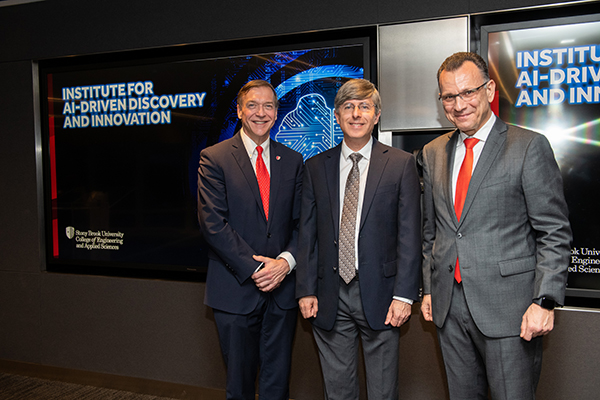SeeMe AI Tool Detects Hidden Consciousness After Brain Injury

Stony Brook’s ‘SeeMe’ AI Tool Sheds New Light on Brain Injury Recovery
A team of neurosurgery researchers from Stony Brook University has unveiled SeeMe, a groundbreaking artificial intelligence tool designed to detect signs of covert consciousness in patients with traumatic brain injury (TBI). Published on September 9, 2025, in Nature Communications Medicine, this innovation could revolutionize critical care and rehabilitation for brain-injured patients.[6]
Uncovering Hidden Awareness With AI
Up to a quarter of patients labeled as ‘unresponsive’ after TBI may be conscious, but unable to physically communicate—a phenomenon known as cognitive motor dissociation (CMD). SeeMe bridges this gap by leveraging computer vision to analyze subtle, involuntary facial movements unnoticeable to clinicians. In a clinical study with 37 acute brain injury patients, SeeMe could detect responses to verbal prompts like “open your eyes” or “smile”—discovering intentional movement up to 4–8 days earlier than traditional bedside exams.[6]
Personalizing Prognosis and Treatment
This leap in diagnostic sensitivity has enormous implications. Earlier detection of consciousness opens the door for more personalized therapies and faster rehabilitation, avoiding the risks of delayed or missed recovery opportunities. SeeMe’s ability to identify awareness days ahead of clinical teams could lead to improved outcomes for thousands of TBI patients each year.[6]
The Next Frontier in Critical Care
Experts highlight the urgency of this advancement, noting that even high-level brain function is frequently missed by standard care. "We developed SeeMe to fill the gap between what patients can do and what clinicians can observe," explains Dr. Sima Mofakham, senior author of the study. The tool uses high-resolution video and machine learning to reveal minute, patient effort—helping assure that those able to recover do not go overlooked.[6]
Future Directions and Broader Impact
With SeeMe, Stony Brook’s team is pioneering a new intersection of AI and neurology—one where machines can interpret the subtle expressions of hidden minds. Broader adoption could transform ICU protocols and critical care standards globally, fostering earlier and more accurate patient assessment and a path to tailored, responsive care.[6]
How Communities View SeeMe: AI for Consciousness Detection
The launch of SeeMe by Stony Brook University is sparking widespread discussion across social and professional AI channels. The main debate centers on whether AI’s role in detecting hidden consciousness will meaningfully improve patient recovery or introduce new risks.
-
1. Enthusiastic Support (≈50%): Healthcare professionals and researchers on X (e.g., @Neurology_Updates) and r/medicine applaud SeeMe as a breakthrough for patients historically written off due to blunt diagnostic tools. Many cite the earlier detection window as a "game-changer." High engagement posts celebrate the potential to end clinical misdiagnosis and improve outcomes.
-
2. Ethical and Legal Concern (≈25%): Bioethics commentators, such as @bioethicswatch and users on r/ethics, debate who decides treatment when AI “sees” consciousness before humans do. Some express worry about false positives or legal disputes over end-of-life decisions, citing the increased complexity SeeMe could introduce.
-
3. Scepticism & Technical Doubt (≈20%): Quantitative neuroscientists (e.g., @compneurocritic) and AI skeptics on r/MachineLearning raise questions about the accuracy, interpretability, and reproducibility of SeeMe’s findings. They call for larger studies and external validation.
-
4. Human Stories & Advocacy (≈5%): Families of TBI patients and disability advocates champion SeeMe after sharing anecdotes of loved ones misdiagnosed. Some viral posts recount cases where subtle responsiveness was present but overlooked.
Industry figures like Dr. Joseph Fins and @EricTopol have shared positive first impressions but urge ongoing transparency and robust clinical oversight. Overall sentiment leans optimistic but emphasizes responsible implementation.